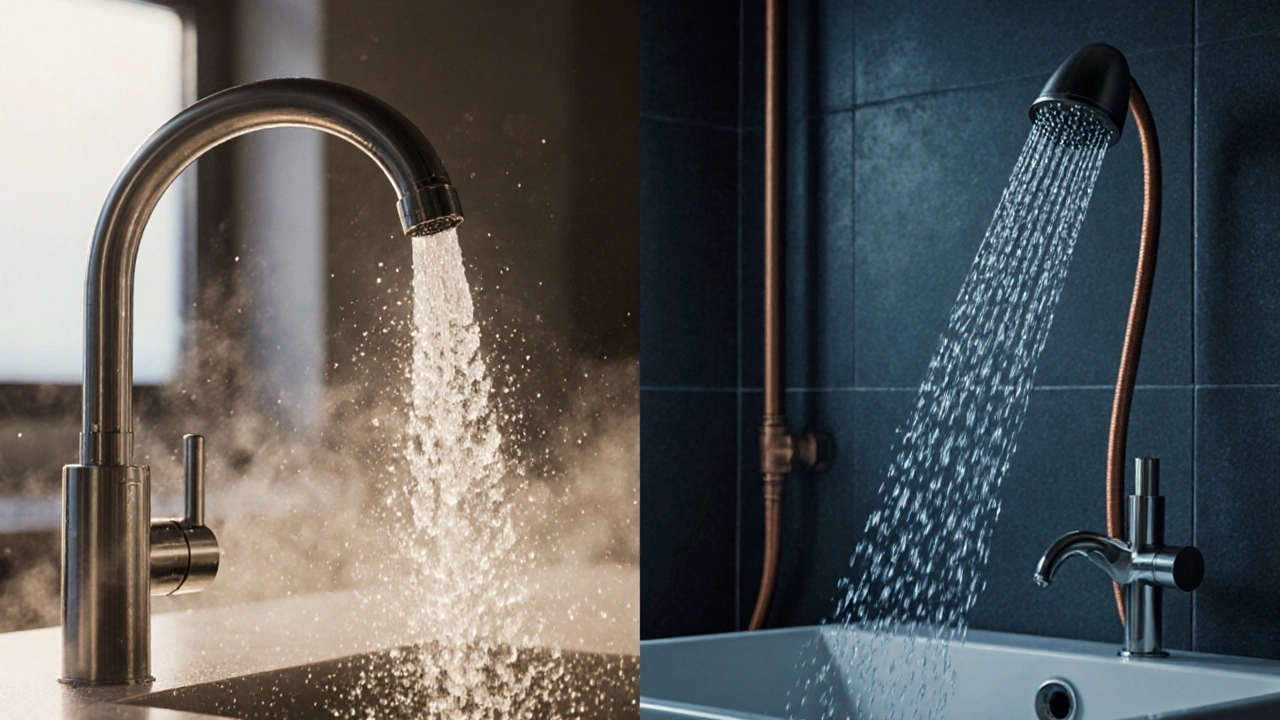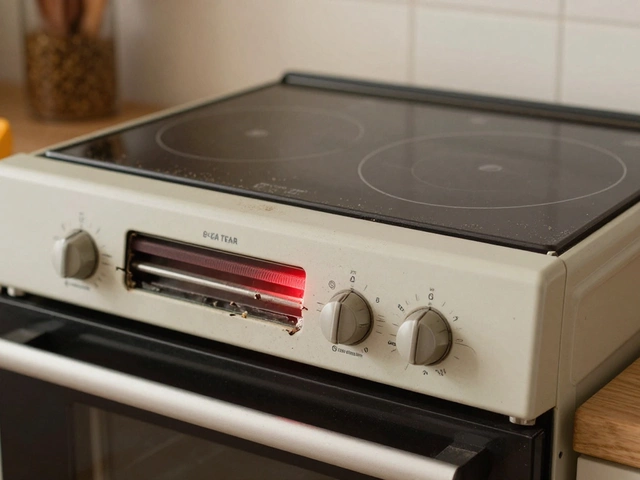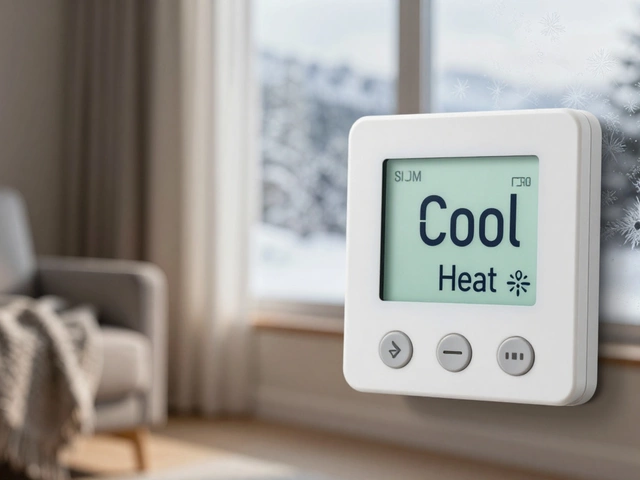Mixing Valve Problem
When dealing with Mixing Valve Problem, a fault that throws off the balance of hot and cold water, often leaving you with scalding or icy showers. Also known as temperature mixing valve issue, it usually ties directly to the shower valve, the component that lets you adjust water flow and temperature, the boiler, which supplies the hot water pressure, and the overall plumbing network that moves water through your home. In simple terms: a mixing valve problem occurs when the valve can’t properly blend hot water from the boiler with cold water from the supply, and the plumbing layout can amplify the issue. mixing valve problem often shows up as sudden temperature spikes, uneven water flow, or a complete loss of hot water in the shower. Understanding how the shower valve, boiler, and plumbing interact gives you a clear roadmap for troubleshooting before you pick up the phone.
Common Symptoms, Causes & DIY Fixes
The most frequent sign of a mixing valve problem is a shower that feels too hot at first, then quickly turns cold, or vice‑versa. This happens because the valve’s internal cartridge may be worn, the seal could be eroded, or mineral buildup blocks the water passages. Another cause is an unbalanced boiler pressure – if the hot water supply is too strong or too weak, the valve can’t keep up. Faulty plumbing, such as a kinked pipe or an air‑locked line, also throws off the temperature mix. To check yourself, start by feeling the water at the tap: if the temperature swings dramatically, inspect the shower valve’s handle for looseness and look for any obvious leaks around the valve body. Removing the valve (most are threaded) and cleaning the cartridge with vinegar can clear mineral deposits. Re‑seating the cartridge with a new O‑ring often restores smooth operation. If the boiler’s pressure gauge reads outside the 1‑1.5 bar range, you may need to bleed radiators or adjust the pressure valve. Remember, these steps are safe for most homeowners, but always shut off the water supply and power to the boiler before opening any fittings.
When DIY attempts don’t solve the issue, or you’re unsure about working with the boiler, it’s time to call a professional plumber or an appliance repair specialist. A trained technician can test the thermostatic mixing valve for proper calibration, replace worn parts, and ensure the entire plumbing system is correctly balanced. Fixing a mixing valve problem early prevents costly water damage, saves energy by avoiding over‑heating, and extends the life of your boiler and shower fixtures. Below you’ll find a curated set of articles that dig deeper into related topics – from boiler maintenance tips to detailed guides on shower valve repairs – giving you the full picture to keep your hot water running smoothly.
Discover why hot water reaches the kitchen but not the bathroom, learn how to diagnose the issue, and get DIY fixes plus professional advice.


